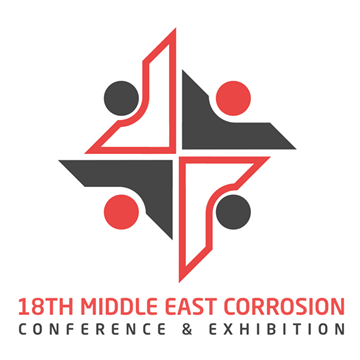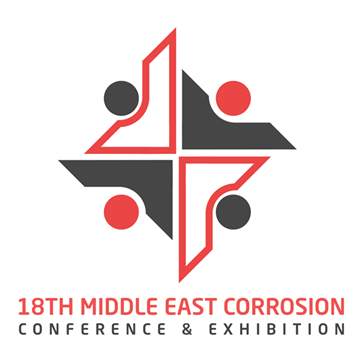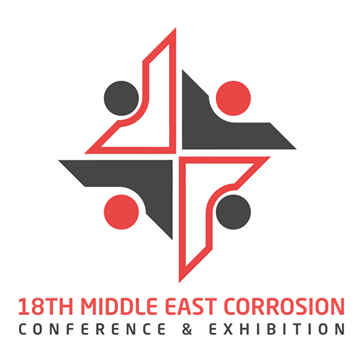Search
AMPP Conference Papers
View as
Sort by
Display
per page
H2S, CO2 and High Chloride Downhole Environment Modelling and Fitness for Purpose Testing of UNS S39274, UNS N08535 and UNS N06255 Corrosion Resistant Alloys
Product Number:
51324-20838-SG
Publication Date:
2024
$40.00
Handling Extreme Environments With Supoxy Platform Technology
Product Number:
51322-17643-SG
Publication Date:
2022
$20.00
Heat buildup for Thermally Insulative Coatings due to Solar Exposure: Efforts in Modeling and Prediction
Product Number:
51323-19496-SG
Publication Date:
2023
$20.00
Heat Treatment of Heat Exchanger U-bends - Practices on Different Materials and Case Histories of Failures
Product Number:
51324-20815-SG
Publication Date:
2024
$40.00
HFW Pipe Seam Screening Test For Susceptibility To Hydrogen Embrittlement
Product Number:
MECC23-20105-SG
Publication Date:
2023
$20.00
Hibernation of Ducts with CRA Alloys: Standardization of Methods for the Chemical and Microbiological Composition of Operation Seawater
Product Number:
51324-20678-SG
Publication Date:
2024
$40.00
High Density Polyethylene (HDPE) Installation Challenges and Recommendations
Product Number:
MECC23-20096-SG
Publication Date:
2023
$20.00
High Performance Alloy 955 for Hydrogen Charging Environments
Product Number:
51324-20858-SG
Publication Date:
2024
$40.00
High Performance Liquid Epoxy Polymer Concrete: 30 Year Benchmark Solution - Aro Coating Selection Criteria
Product Number:
51324-20613-SG
Publication Date:
2024
$40.00
High Performance Solutions for the Mitigation or Elimination of Corrosion Under Insulation (CUI)
Product Number:
MECC23-20243-SG
Publication Date:
2023
$20.00
High Strength Austenite For Additive Manufacturing
Product Number:
51322-17496-SG
Publication Date:
2022
$20.00












